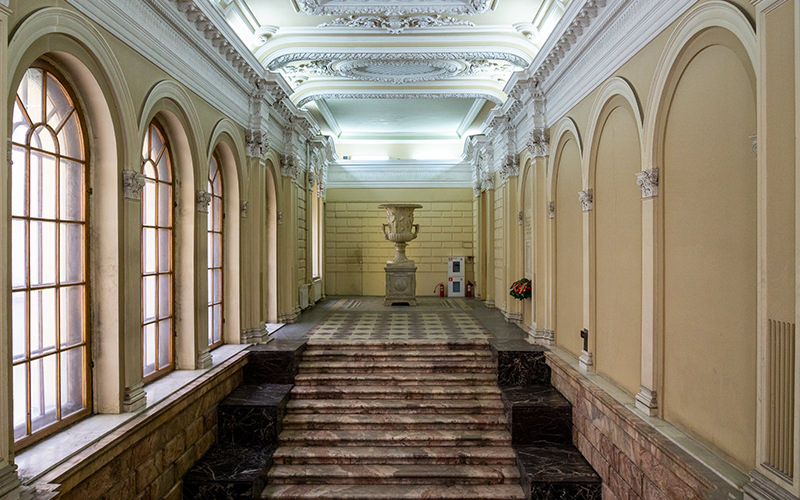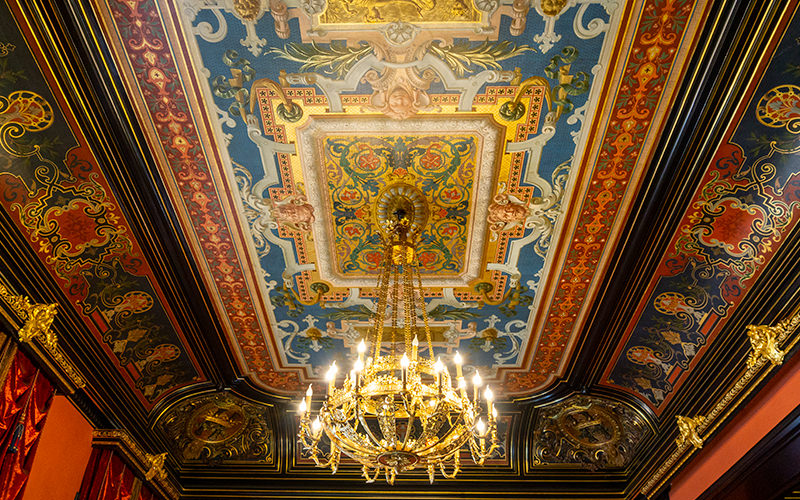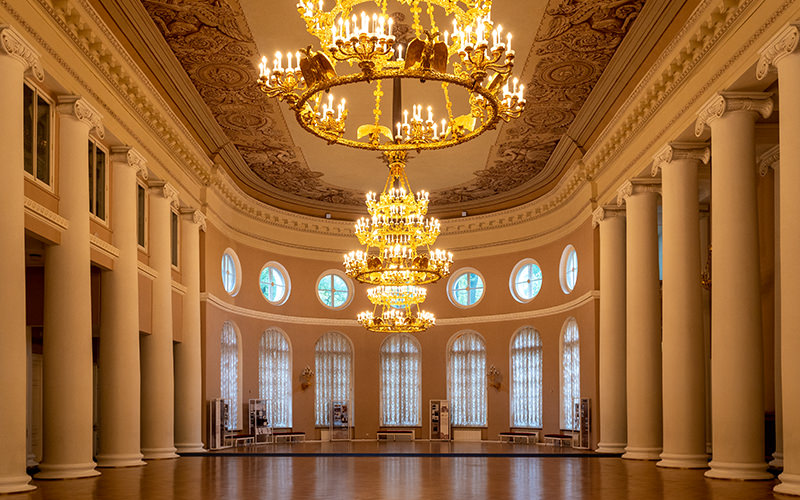In my previous article about the Marble Palace in St. Petersburg, I wrote about a general tour of this magnificent architectural monument. It turns out that there is another tour within the palace — the memorial museum of Konstantin Romanov. I was fortunate to visit not only the Grand Duke’s museum but also the closed state rooms and areas currently under renovation. But let’s go through it step by step.
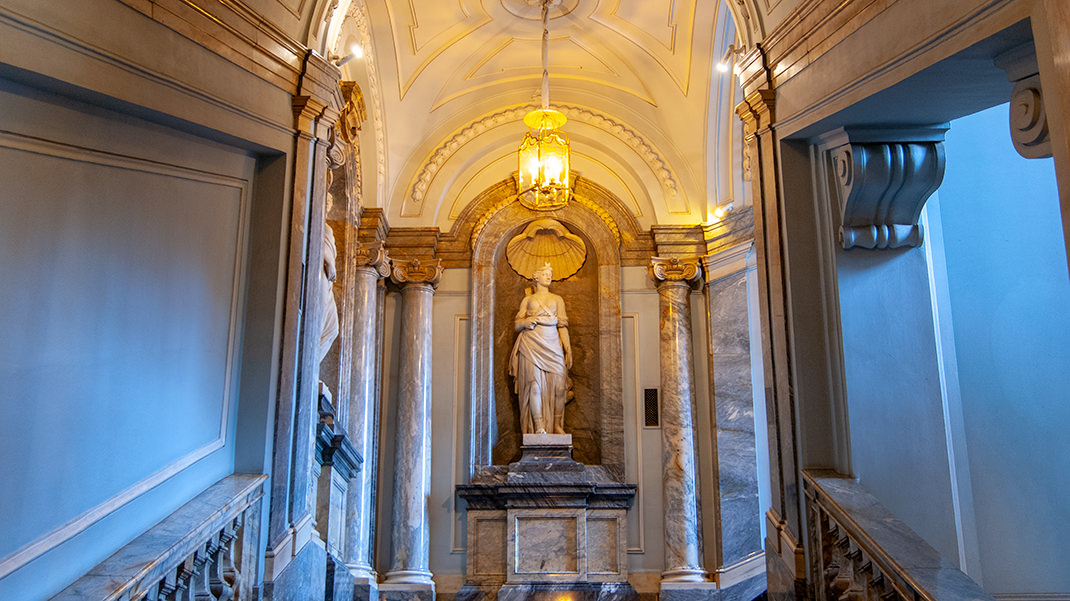
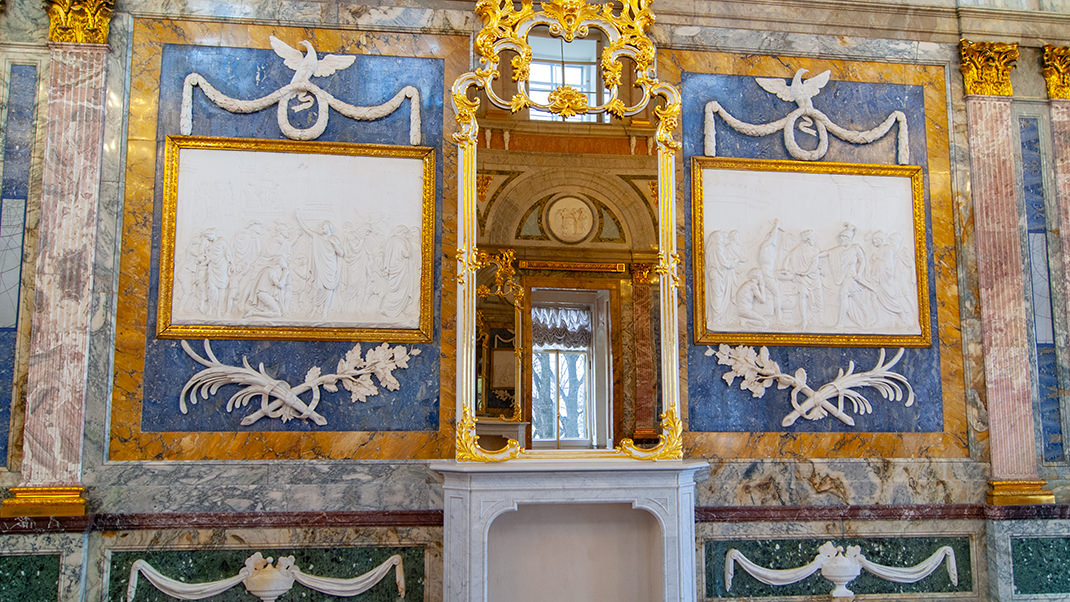
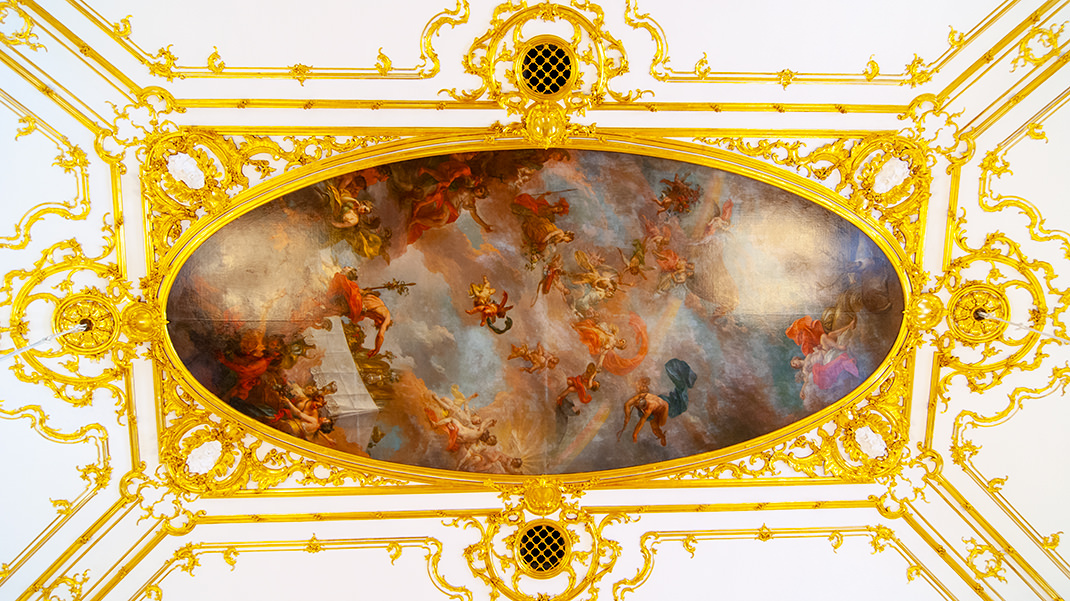
How to Get There by Metro
The nearest metro stations to the palace are "Admiralteyskaya" and "Nevsky Prospekt". It takes about 15–20 minutes to walk from these stations.
You need to book the tour in advance. I booked about a week ahead, as tours are not held every day. The phone for booking is +7 812 595 42 03. The cost of the visit is 500 rubles (as of 2019). Credit cards are accepted at the ticket office.
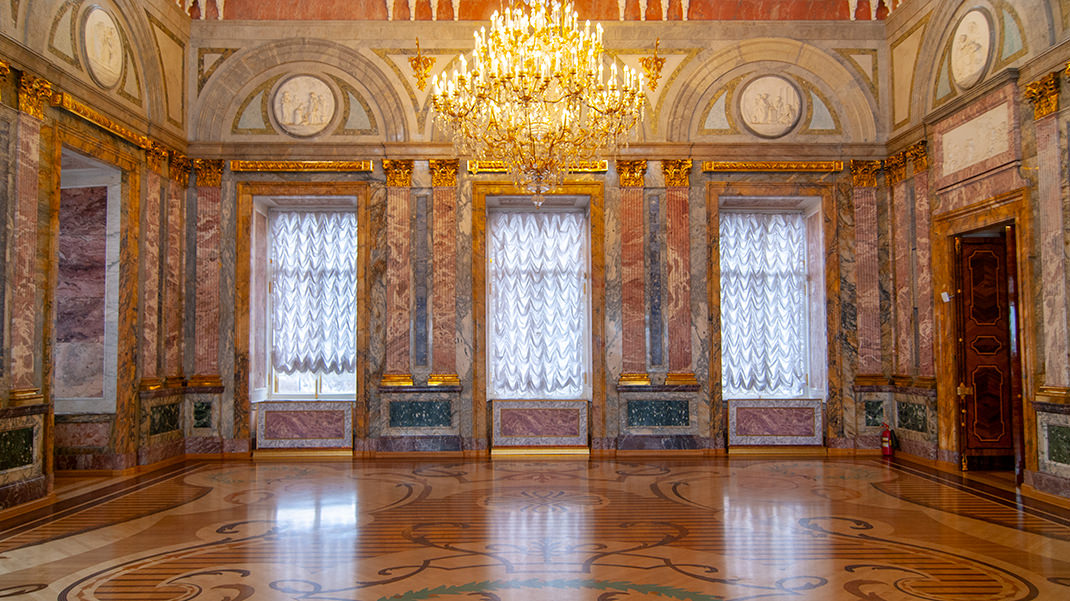
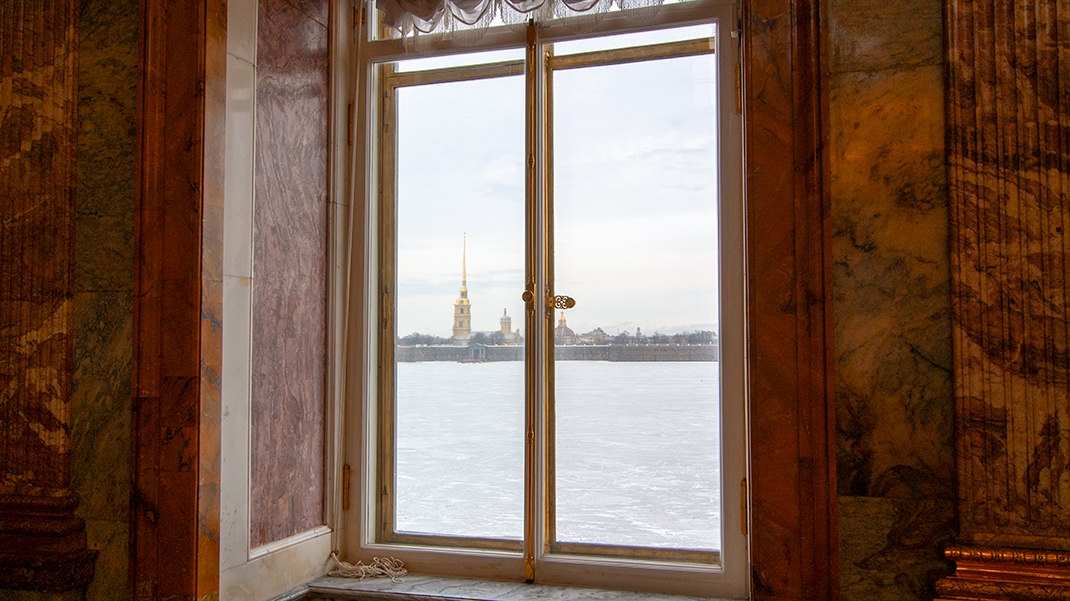
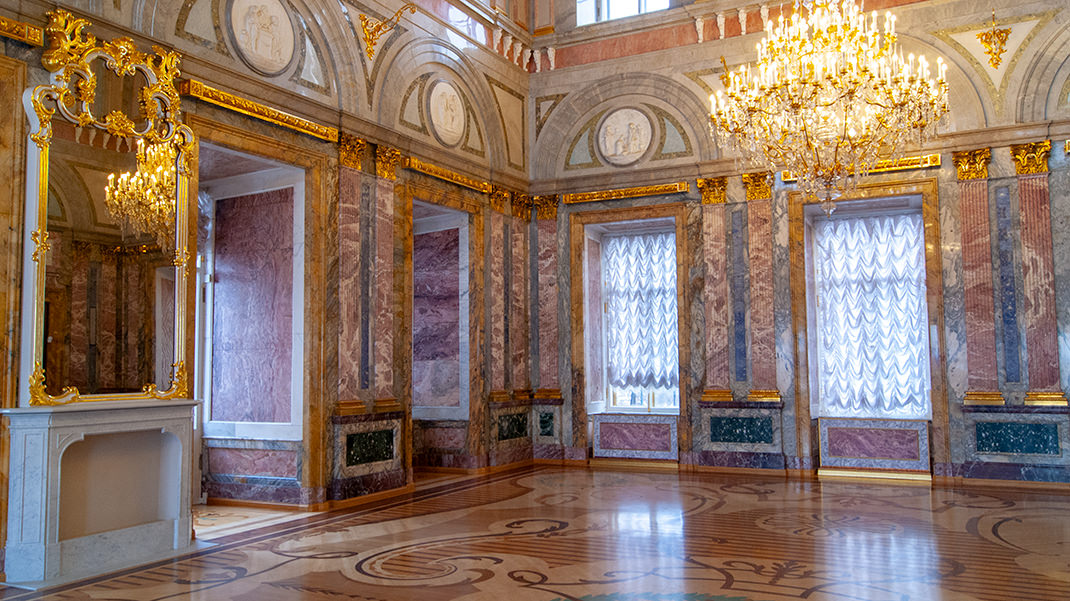
Tour of the Palace and Konstantin Romanov Memorial Museum
At the beginning of our tour, the guide suggested extending the tour to include not only the museum but also the state rooms. Naturally, everyone agreed to this idea. We began with a brief historical overview. The architect of the palace was Antonio Rinaldi, who left a significant mark on St. Petersburg's architecture. He was the author of the projects for the Peter III Palace in Oranienbaum and the Chinese Theater in Tsarskoye Selo.
The ownership of the palace changed several times. Initially, it was intended for Grigory Orlov, Catherine II’s favorite, but he did not live to see its completion. The Empress purchased the palace from Orlov’s heirs and presented it to her grandson, Grand Duke Konstantin Pavlovich, as a wedding gift.
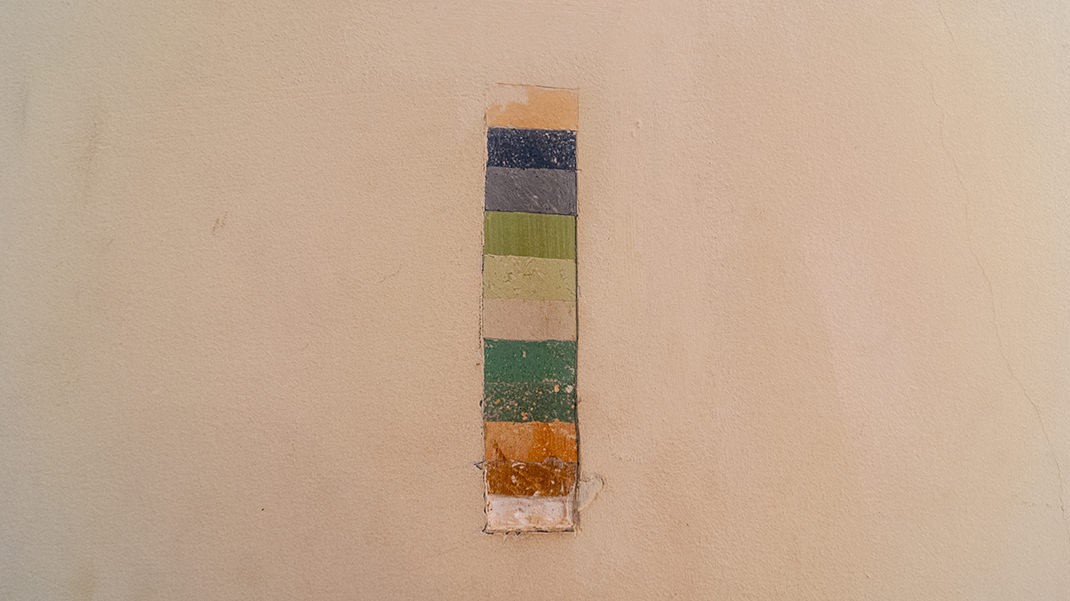
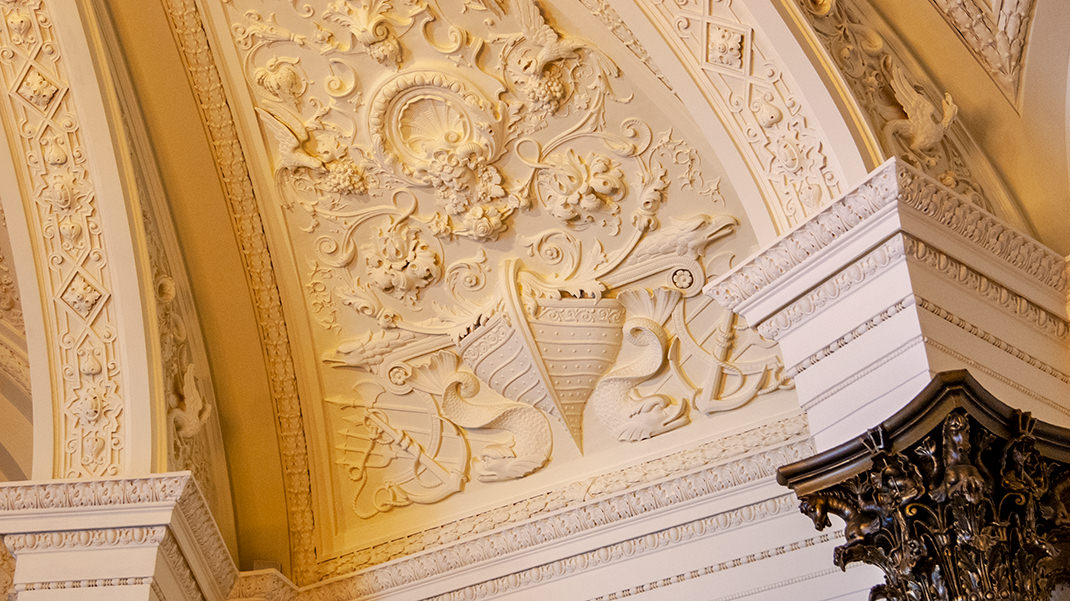

The Grand Duke’s first marriage was not successful. His way of showing affection to his future wife was quite peculiar: he would come to her for breakfast at six in the morning, bring a drum, and make the young princess play military marches on the harpsichord while he accompanied her. There is also a well-known story about Konstantin Pavlovich firing a cannon in the palace corridors. To avoid harming his wife, he would seat her in a huge vase.
Catherine was very displeased with her grandson’s behavior and evicted him from the palace. Konstantin's name became inextricably linked with the history of the palace. The palace was later inhabited by Nicholas I’s son, Grand Duke Konstantin Nikolaevich. Eventually, his son, Konstantin Konstantinovich Romanov, also lived in the palace. For a time, the palace was even called the Konstantinovsky Palace, but this name did not stick.
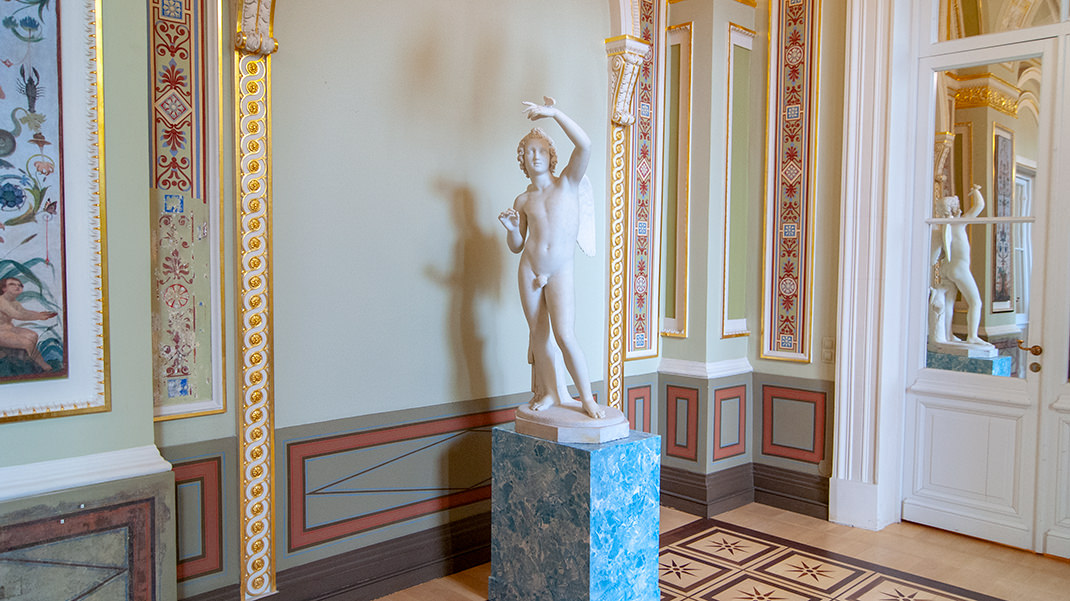
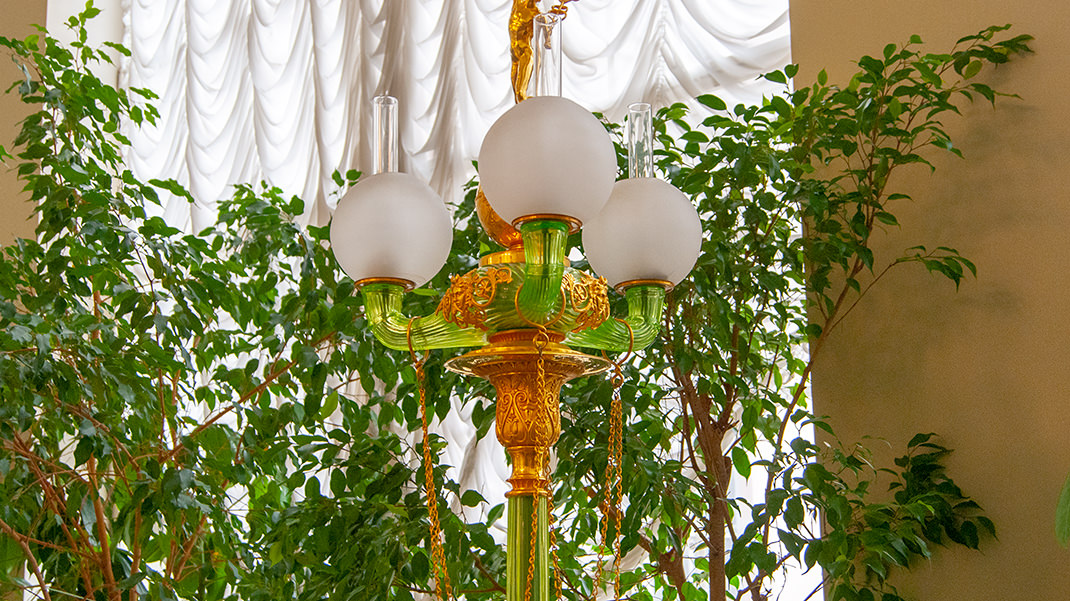

Returning to our tour, we went through an area where restoration work is planned and entered perhaps the most luxurious room in the palace — the Marble Hall. I had seen it during my first visit, but it is not accessible without a tour. The room impresses with its opulence and beauty.
As part of this tour, we also visited the closed greenhouse and the White (Gothic) Hall. The latter is notable for its size, being the largest room in the palace. Occasionally, various events and concerts are held here. You can check the schedule on the palace’s website or at the information desk.

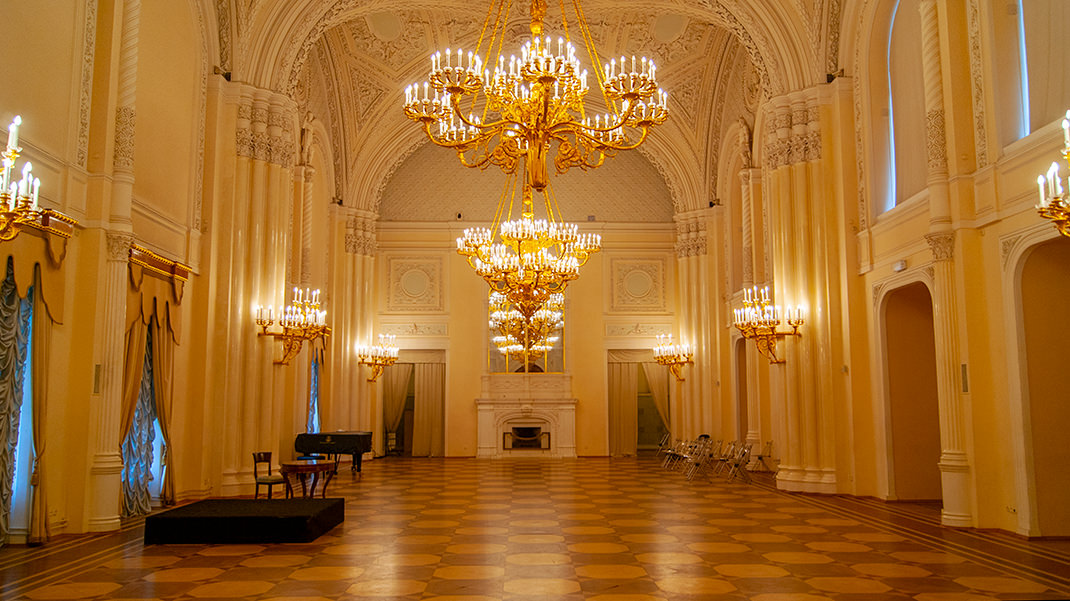
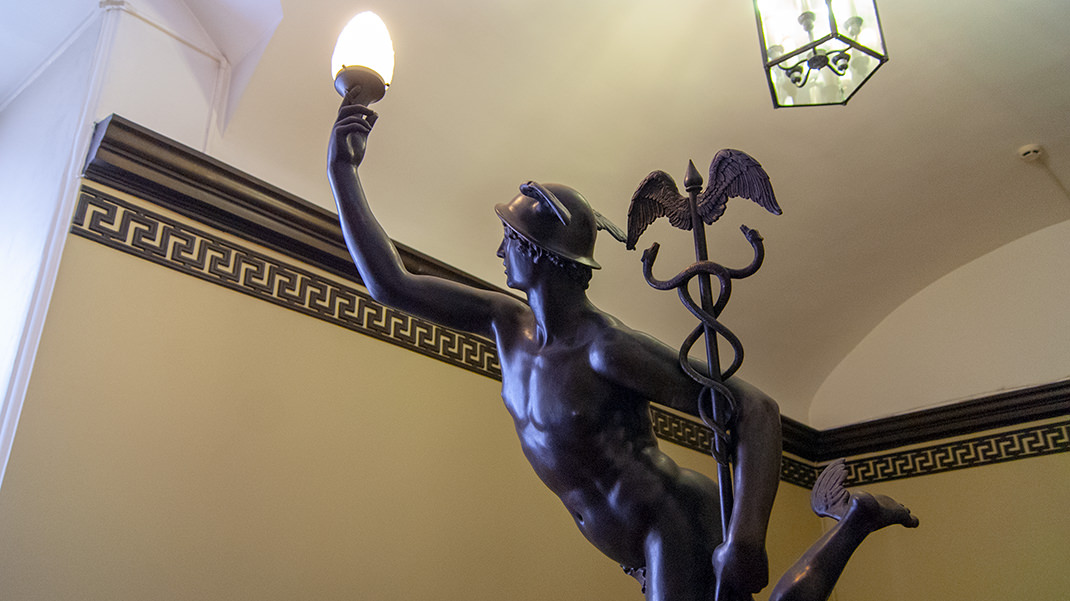
Our final stop was the memorial museum of Konstantin Konstantinovich. The Grand Duke was the last member of the Romanov family to own the palace. This part of the tour covers the Duke’s quarters — his study, library, and salons. After his death, the palace did not pass to his heirs — Konstantin Konstantinovich’s three sons were killed in 1918, and the Marble Palace was nationalized.
During the Soviet era, the palace housed a branch of the Vladimir Lenin Museum. Today, the building is part of the Russian Museum, where various exhibitions are held.
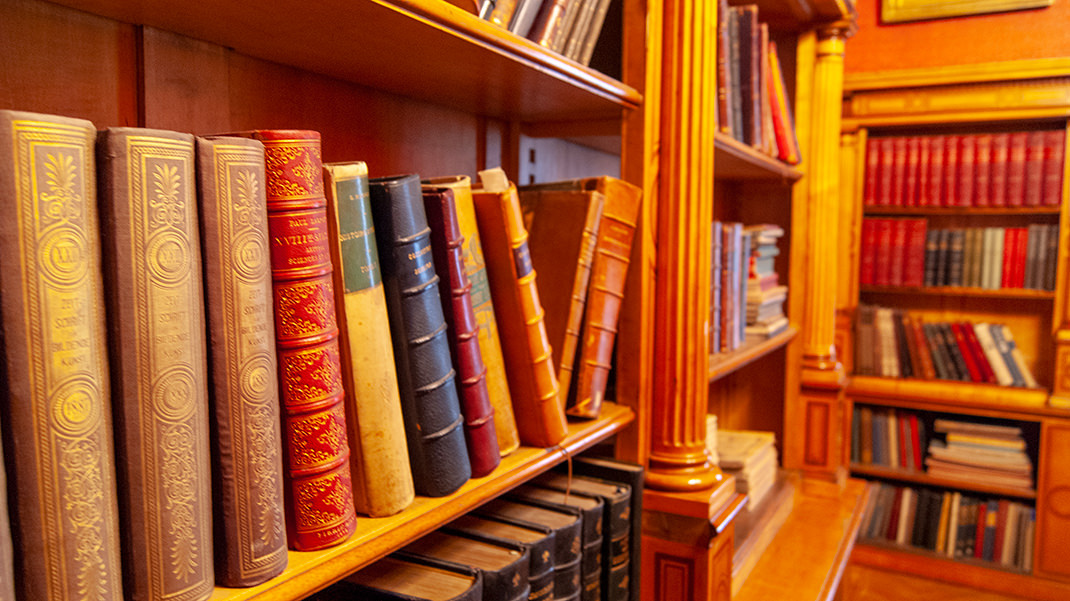
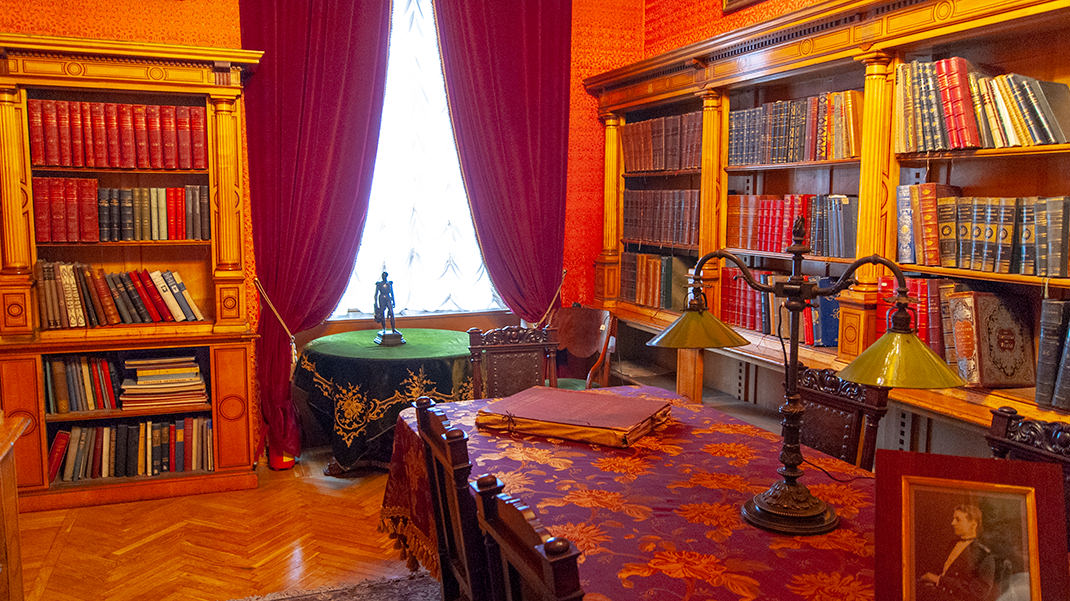
Another architectural masterpiece by Antonio Rinaldi, the Grand Gatchina Palace, is located an hour’s drive from St. Petersburg. Its highlight is a 130-meter underground passage.
In summary:
- An excellent tour of the palace’s closed rooms not accessible to individual visitors;
- One of the best guides I have encountered — the story of the palace’s history will interest anyone;
- It can be quite cold in some rooms during winter, so I recommend dressing warmly.
- The Marble Palace. Part 1


